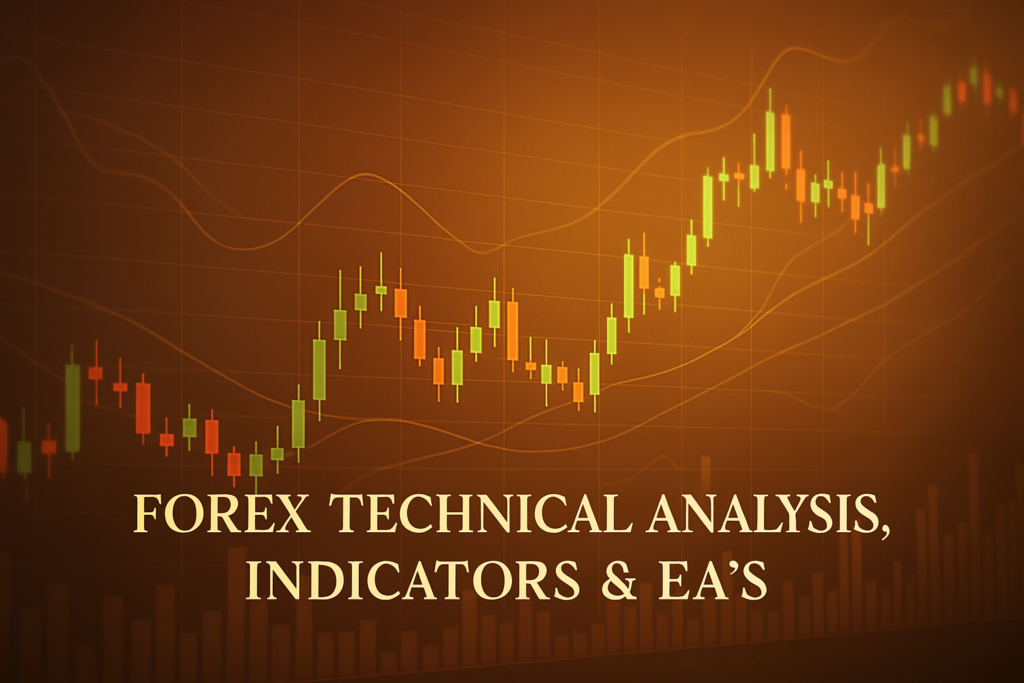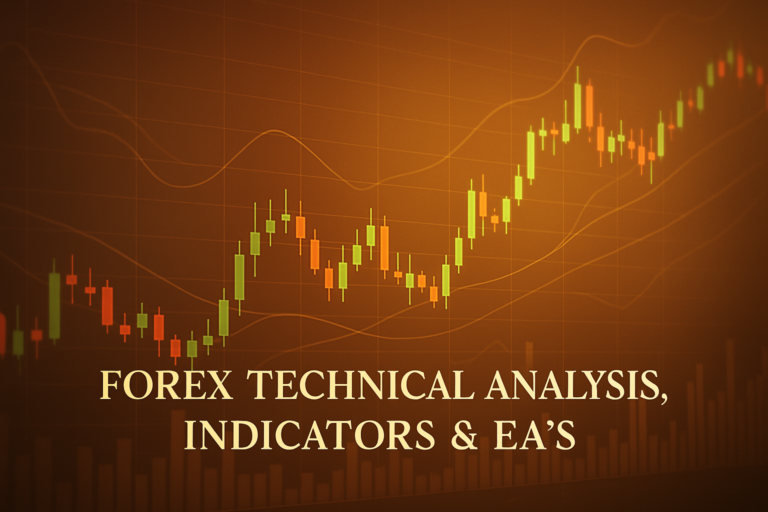
Price crosses moving average is a key concept in Forex trading that helps traders identify trends and make informed decisions.
Have you ever heard of the term “price crosses moving average”? It’s a popular concept in Forex trading that helps traders identify potential buy and sell signals. Simply put, when the price of a currency pair crosses above or below a moving average line, it can indicate a change in trend. Understanding this concept is crucial for anyone involved in Forex trading, whether you’re just starting out or have years of experience.
Many traders, both beginners and professionals, struggle with interpreting price crosses moving average correctly. This can lead to missed opportunities or unnecessary losses. By grasping the importance of this indicator, you can enhance your trading skills and make more informed decisions. In this article, we will explore the ins and outs of price crosses moving average, its history, advantages, disadvantages, and various strategies for applying it effectively in your trading.
We’ll also discuss currency trading technical analysis, which is essential for understanding how price crosses moving average fits into the broader trading landscape. Learn more about this in our article on currency trading technical analysis.
What is a Price Crosses Moving Average?
At its core, a price crosses moving average is a signal that occurs when the price of a currency pair crosses a moving average line on a chart. This line helps traders see the average price over a specific period. For example, if the price of a currency pair moves above the moving average line, it may suggest that the trend is turning bullish, or upward. Conversely, if the price drops below the moving average, it may indicate a bearish trend, or downward movement.
Types of Price Crosses Moving Average
There are several types of moving averages, including:
- Simple Moving Average (SMA): This is the most basic type, calculated by averaging the closing prices over a specific number of periods.
- Exponential Moving Average (EMA): This type gives more weight to recent prices, making it more responsive to price changes.
- Weighted Moving Average (WMA): Similar to the EMA, the WMA gives different weights to different periods, allowing for a more tailored approach.
How Price Crosses Moving Average Smooth Out Price Action
Moving averages can help smooth out price action by filtering out the noise caused by short-term fluctuations. This makes it easier for traders to spot the overall trend. When you see a price crossing above or below a moving average, it suggests that the price is breaking out of its usual pattern, which can signal a potential trading opportunity.
Common Periods Used and Why
Traders often use specific time periods for moving averages, such as 10, 20, 50, or 200 days. Shorter periods (like 10 or 20) are more sensitive to price changes and can help identify short-term trends. Longer periods (like 50 or 200) provide a broader view and are more stable, helping traders to focus on the overall direction of the market.
The History of Price Crosses Moving Average: How It Became Popular
Origin of Price Crosses Moving Average
The concept of moving averages dates back to the early 1900s. It was developed to assist traders in analyzing price trends and making decisions based on historical data. The idea was simple: use past prices to predict future movements. As technology advanced, this method gained popularity among Forex traders.
When Did Traders Start Using It Widely?
In the 1980s and 1990s, the rise of computer technology made it easier for traders to calculate moving averages instantly. This led to increased adoption among both retail and institutional traders. As more people entered the Forex market, price crosses moving average became a staple tool for technical analysis.
Real-Life Stories
Many professional traders have credited their success to understanding price crosses moving average. For instance, a well-known trader in the Forex community once shared how he turned a small investment into a significant profit by accurately identifying trend changes using moving averages. His strategy involved monitoring price crosses and adjusting his positions accordingly.
Advantages and Disadvantages of Price Crosses Moving Average
Advantages:
- Helps Identify Trends Easily: Price crosses moving average provide clear signals about market direction, making it easier to spot trends.
- Useful for Dynamic Support and Resistance: Moving averages can act as support or resistance levels, helping traders make informed decisions.
- Works Well for Crossover Strategies: The crossover points can be used effectively to enter or exit trades.
Disadvantages:
- lags Behind Price Movements: Since moving averages are based on past prices, they may not react quickly to sudden market changes.
- Can Give False Signals in Sideways Markets: In a ranging market, price crosses moving average can lead to confusion and losses.
How to Apply Price Crosses Moving Average on MT4 & MT5
Step-by-Step Guide to Adding Price Crosses Moving Average on Charts
To use price crosses moving average on MT4 or MT5, start by opening your trading platform. Click on “Insert” in the top menu, then choose “Indicators.” From there, select “Trend” and choose “Moving Average.” You can then customize it to fit your trading style.
Customizing Price Crosses Moving Average Settings
In the settings menu, you can adjust the period, type, and color of your moving average. Experiment with different settings to find what works best for you. A common starting point is the 50-period simple moving average.
Saving Templates for Easy Application
Once you’ve set up your moving average, you can save the template for future use. Go to “Template” in the top menu and select “Save Template.” This way, you won’t have to redo your settings each time you open a new chart.
5 to 7 Trading Strategies Using Only Price Crosses Moving Average
All Time Frame Strategy (M5 to D1)
This strategy works across multiple time frames. Monitor the 50-period moving average. If the price crosses above, consider it a buy signal. If it crosses below, think about selling.
Trending Strategies
In a strong trend, use a 20-period moving average. When price crosses above, buy. When it crosses below, sell. This helps you ride the trend for maximum profit.
Counter Trade Strategies
In a ranging market, look for price crosses near the 200-period moving average. If the price crosses above, it may be a good time to sell. If it crosses below, consider buying.
Swing Trades Strategies
For swing trading, use a combination of 50 and 200-period moving averages. Watch for crossovers to enter trades. When the 50 crosses above the 200, it’s a buy signal. When it crosses below, it’s time to sell.
5 to 7 Trading Strategies Combining Price Crosses Moving Average with Other Indicators
All Time Frame Strategy (M5 to D1)
Combine price crosses moving average with RSI (Relative Strength Index). When the price crosses above the moving average and the RSI is below 30, it’s a strong buy signal.
Trending Strategies
Use moving average convergence divergence (MACD) along with price crosses. When the price crosses above the moving average and MACD lines cross, it may be a good time to buy.
Counter Trade Strategies
In a range-bound market, use Bollinger Bands with moving averages. If the price crosses below the moving average and touches the lower band, it may be a good time to buy.
Swing Trades Strategies
Combine moving averages with Stochastic Oscillator. If the price crosses above the moving average and Stochastic is below 20, it indicates a potential buy opportunity.
If you’re facing issues like mt5 not saving profile layout, you’re not alone. Many traders encounter this problem and need solutions.
Top 10 FAQs About Price Crosses Moving Average
- What does it mean when the price crosses moving average? It indicates a potential change in trend direction.
- How reliable are moving averages? They can be reliable but may lag behind real-time price movements.
- Can I use moving averages for day trading? Yes, many day traders use moving averages to make quick trading decisions.
- What period should I use for moving averages? It depends on your trading style. Shorter periods for day trading and longer for swing trading.
- Do moving averages work in all market conditions? They work best in trending markets and may give false signals in sideways markets.
- Can I combine moving averages with other indicators? Yes, combining them with indicators like RSI or MACD can enhance your strategy.
- What is a crossover strategy? It’s a strategy that involves entering trades when the price crosses a moving average line.
- How can I avoid false signals? Use additional indicators to confirm signals before entering trades.
- What is the difference between SMA and EMA? SMA gives equal weight to all prices, while EMA gives more weight to recent prices.
- How can I practice using moving averages? Use demo accounts to test your strategies before trading with real money.
Conclusion
In summary, understanding the price crosses moving average is essential for successful Forex trading. It provides valuable insights into market trends and helps traders make informed decisions. Remember to test your strategies on a demo account before risking real money.
By mastering price crosses moving average, you can significantly enhance your trading skills and boost your chances of success in the Forex market. Stay patient, practice regularly, and watch your trading journey unfold.
Mastering forex requires learning from the best—start with this Forex.com, Action Forex
Expand Your Knowledge
- 📌 Forex Trading Learning Road Map
- 📌 Forex Trading Course with no Fees
- 📌 Forex Trading Issues, Problems, and Solutions
- 📌 Forex Daily Forecast & Live Updates
- 📌 Forex Fundamental & News Analysis: Tomorrow’s Market Movers & Trade Opportunities
- 📌 Forex Education Hub: Learn & Profit
- 📌 Forex Technical Analysis, Indicators & EA’s
Start Trading Today
Ready to take your forex trading to the next level? Open an account with Exness, one of the most trusted platforms in the industry. 👉 Sign Up Now and trade with confidence!
My recommended broker stands out with ultra-low spreads for beginners, instant withdrawals, and zero spread accounts for pro traders.
Trusted since 2008, lightning-fast execution, no hidden fees, and a secure, transparent trading environment—giving you the edge you need to succeed. 🚀
YouTube Video Library: Related Videos
Note: The video above is embedded from YouTube and is the property of its original creator. We do not own or take responsibility for the content or opinions expressed in the video.



